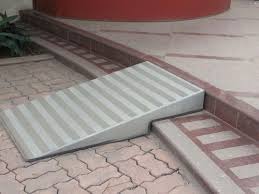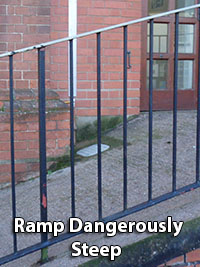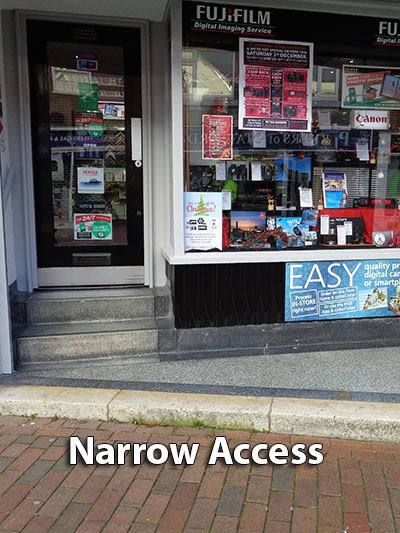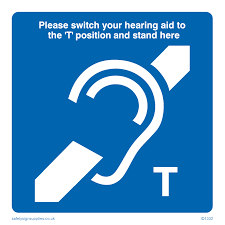Getting access
When you have arrived at your final destination, you will need to gain access.
Many shops in High Streets now have easy access, i.e. no steps and wide doors. This is particularly true where shops are new and modern. However, in older premises and in conservation areas, this may not be the case and this can cause issues for wheelchair users and other groups with mobility issues, including parents with pushchairs. Steps to the door are an issue, both the depth and number, especially if coupled with a turn. They may be difficult to get up and obstruct access to the door to open.
Another issue may be the ease of opening the door. Strong return springs or badly fitted frames can make this difficult.
Some wheelchairs can manage a small step. A self-powered wheelchair user can manage 1" (15mm). Powered wheelchairs can do more.
Some shops will provide alternatives: an access ramp as an alternative route, a deployable ramp, which can be requested, or an alternative entrance for wheelchair users.
Some wheelchairs can manage a small step. A self-powered wheelchair user can manage 1" (15mm). Powered wheelchairs can do more.
Some shops will provide alternatives: an access ramp as an alternative route, a deployable ramp, which can be requested, or an alternative entrance for wheelchair users.
The width of the doorway can be an issue. Standard wheelchairs are 26” and 28” but powered ones may be 30”. Door widths in buildings could be as little as 27” (700mm) and external doors might be 30”. Building regulations require 29” (750mm) in older buildings and 32" (800mm) in new ones and external doors 40” (1000mm). If the door has to be approached at an angle, it needs a bit more, especially from a narrow corridor.
The door return needs to be 12” (300mm) to allow wheelchair user to be able to open the door.
New buildings may have automatic doors or power assisted doors triggered by an accessible button, which are much more helpful for wheelchair users.
It helps if the doorway is not obstructed by merchandise restricting the opening.
New buildings may have automatic doors or power assisted doors triggered by an accessible button, which are much more helpful for wheelchair users.
It helps if the doorway is not obstructed by merchandise restricting the opening.
Inside a building, the same points apply. Changes in level can make it difficult to navigate a shop. If a shop is on several floors, lifts are required to move between. The internal layout of a shop and the arrangment of the merchandise can hinder people with mobility or vision issues, for instance if the aisles are narrow and the turns sharp.
The access to the counter should be wheelchair friendly and it helps if the counter is low and the payment devices can be detached.
The access to the counter should be wheelchair friendly and it helps if the counter is low and the payment devices can be detached.
It is also important that any signage can be read easily particularly for people with poor vision and that staff, in general, are available and can help people with access issues.
It is also important to remember that people may have hearing dificulties. Some shops may provide induction loops which link to hearing aids. Look for the induction loop sign. Some staff may be proficient in signing.
It is also important to remember that people may have hearing dificulties. Some shops may provide induction loops which link to hearing aids. Look for the induction loop sign. Some staff may be proficient in signing.







